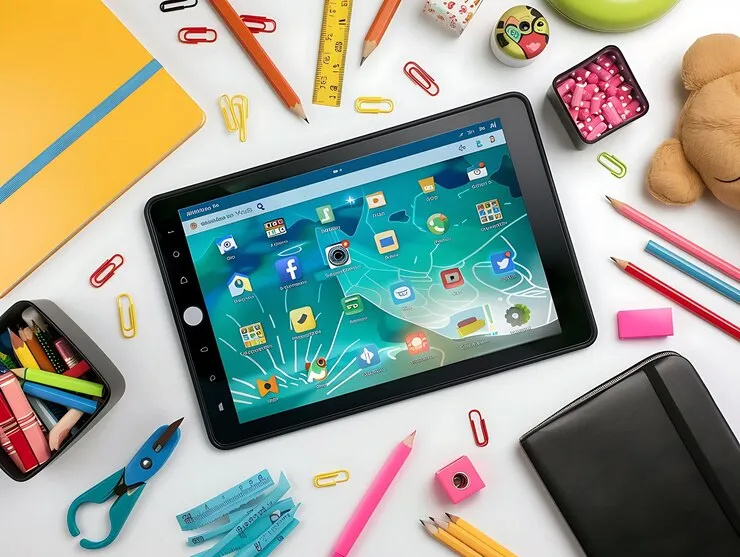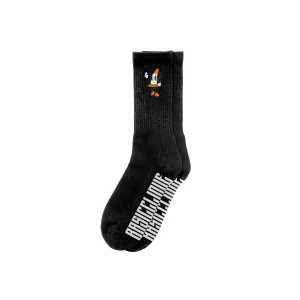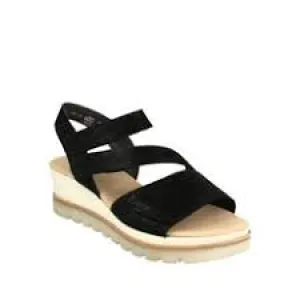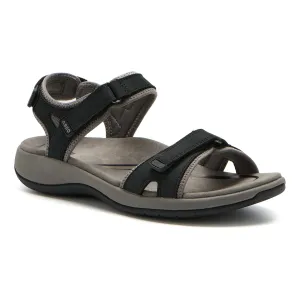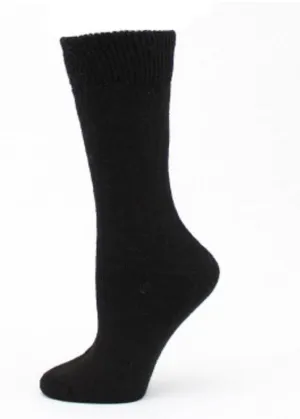Smart classroom technology is essential for schools implementing educational technology. This includes various devices like printers, visual aids, audio-visual equipment, and interactive tools.
In 2019, the global education technology market was valued at $76.4 billion, according to research. This rapid growth highlights how integral Edtech has become in modern education. The necessary technology arsenal for students is described below.
Classroom Management Software: Streamlining Administration
Consider the software side of things. Classroom management software like Google Classroom, Edmodo, and Schoology. These platforms simplify the administrative aspects of education. Teachers can distribute assignments, grade work, and communicate with students and parents efficiently.
Google Classroom, for instance, integrates with other Google services, creating a centralized hub for classroom activities. Students can submit assignments, receive feedback, and collaborate on projects—all in one place. This not only saves time but also keeps the learning process organized and transparent.
Having a smartphone is a given, especially in middle and high school. They can also be used for learning: recording classes, taking notes on key aspects of lessons, and learning information. Therefore, it is necessary to maintain the smartphone in good technical and software condition. There may be difficulties, freezes, virus infections, situations when the phone keeps restarting or overheats. You should clean and restore the device, as well as download VPN apps on iOS for further protection from malicious links, apps, and sites. Friendly advice - choose trusted developers, like VeePN, who have VPN apps for any device and a reliable level of protection.
Interactive Whiteboards: Modernizing the Chalkboard
Gone are the days of passive learning. Interactive whiteboards, like SMART Boards and Promethean ActivPanels, allow students to participate actively. Solve problems on the board? Check. Collaborate on projects? Absolutely. These tools integrate seamlessly with educational software, making classrooms more interactive and lively.
Digital Pens and Smart Notebooks: Bridging Analog and Digital
For those who prefer pen and paper, digital pens and smart notebooks offer a compelling blend. Devices like the Livescribe smartpen and Rocketbook allow students to write by hand and then upload their notes to the cloud.
This hybrid approach caters to different learning preferences while ensuring handwritten notes aren’t lost. Students can take notes in class and review them later on their devices. Efficiency and effectiveness in one stroke.
E-Readers: Libraries at Your Fingertips
Think about e-readers. Devices like Kindle and Nook. They put entire libraries in students' hands without the physical bulk. For students, this means a lighter backpack and the ability to carry a vast library of resources everywhere.
E-readers come with built-in dictionaries and annotation tools, enhancing comprehension. Adjusting font sizes and background lighting makes reading accessible for visually impaired students.
Tablets and Laptops: The New Notebooks
Picture this: sleek tablets and robust laptops replacing traditional notebooks. Tablets, with their intuitive touchscreens and portability, cater especially to younger students. They love the interactive and visual learning experiences these devices offer. Older students, on the other hand, find laptops indispensable. These gadgets support everything from basic word processing to sophisticated programming tasks.
Take the Microsoft Surface Pro, for example. It's a tablet and laptop hybrid. You can jot down notes with a stylus, type up essays on a detachable keyboard, and even draw diagrams with precision. This versatility supports diverse learning styles. Of course, using such electronics without protection is quite dangerous, especially for elementary or middle school students. It makes sense to provide protection, for example, using a vpn free for Chrome or a desktop application. This will help protect accounts from hacking, prevent social engineering attacks, and interception of data.
Augmented and Virtual Reality: Immersive Learning Experiences
Welcome to the future with Augmented Reality (AR) and Virtual Reality (VR). These technologies push the boundaries of traditional education. Imagine students exploring ancient Rome or diving into the human bloodstream, all from their classroom.
AR and VR technologies are already relatively accessible, with Google Expeditions and Oculus Rift. They can help visualize abstract concepts and make learning tangible.
3D Printers: Turning Ideas into Reality
3D printers are making waves in the classroom. They enable students to bring ideas to life, fostering creativity and innovation. In STEM subjects, 3D printers allow students to design and create models, prototypes, and even functional tools.
Imagine students learning geometry by designing and printing three-dimensional shapes. Or engineering students creating prototypes of their inventions, testing, and refining them.
Wearable Technology: Personalizing Education
Wearable technology is also finding its place in education. In an academic context, wearables support personalized learning. Smartwatches with educational apps provide reminders for homework, track study time, and offer on-the-go learning opportunities.
Conclusion
Learning in the digital world can be much more effective than traditional reading books and explaining at the board. VR technologies help visualize, smartphones and laptops - work with huge amounts of information, and classroom software - manage assignments and their implementation. There are too many options for using the technology to quickly describe it all, but the essence is clear - it provides a huge number of opportunities that are foolish to miss.

